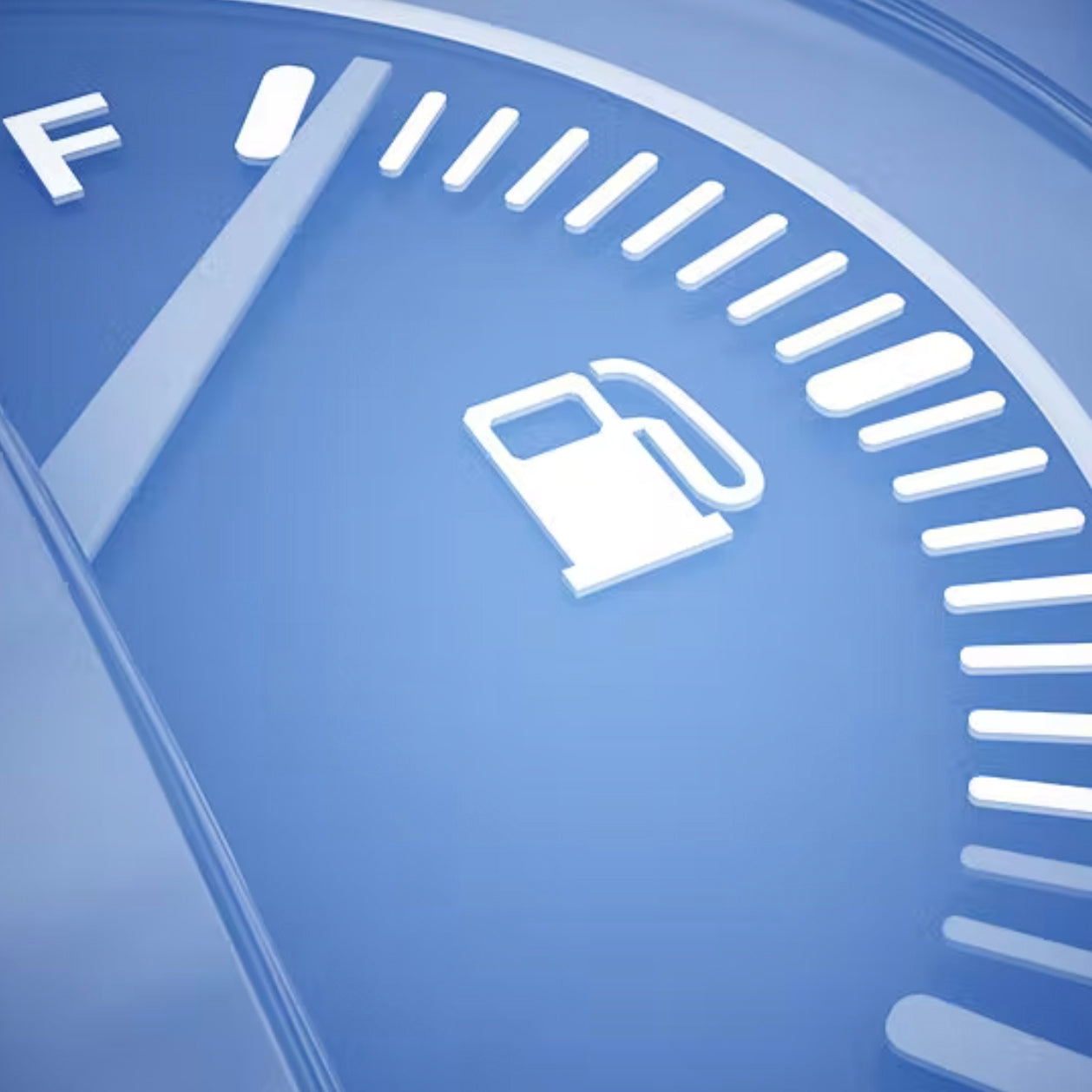Since transmissions have the job of turning an engine’s power into usable energy, transmission fluid keeps all the parts cool, clean and lubricated throughout the process. Don’t wait until you notice symptoms of transmission problems to check your fluid. Chances are, damage like hard shifting or slipping has most likely already occurred, and a certified mechanic should take a look at your transmission.
Transmission fluid levels should be checked at every oil change. If the level is low, your transmission has a leak, as the fluid isn’t consumed during operation.
HOW TO CHECK AUTOMATIC TRANSMISSION FLUID
- When checking the transmission, the vehicle should be parked on level ground with the engine running.
- The transmission’s dipstick handle will be red in most late-model cars.
- Pull out the dipstick and wipe it clean with a paper towel.
- Place the dipstick back into its tube and remove it completely again to reveal an accurate reading of the fluid level.
HOW TO CHECK MANUAL TRANSMISSION FLUID
- Find two threaded plugs on the side of the transmission. The top one is the fill hole and the bottom is the drain hole.
- Loosen the fill hole plug and remove it slowly.
- You should be able to see the fluid at the bottom of the fill hole. If you cannot, spin the plug back in and tighten it to the manufacturer’s specifications.
- If the fluid is low, the transmission probably has a leak. Fill it with the appropriate amount of fluid and tighten the plug to the manufacturer’s specifications. And take your vehicle to a mechanic to get their opinion.


